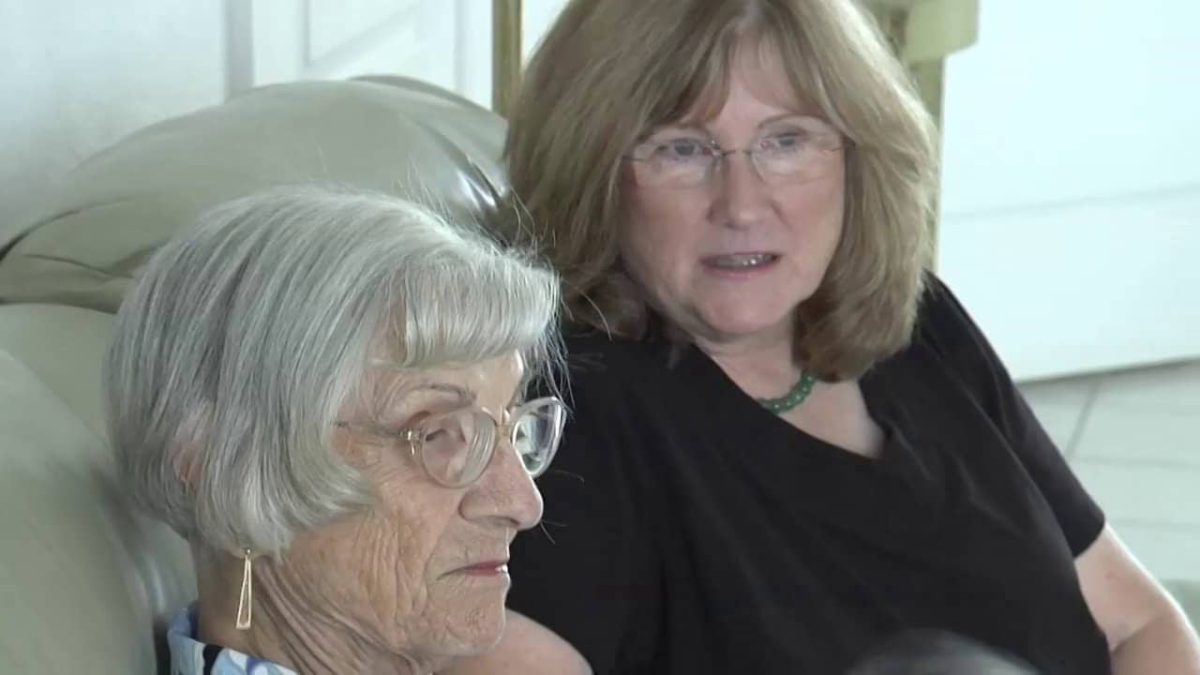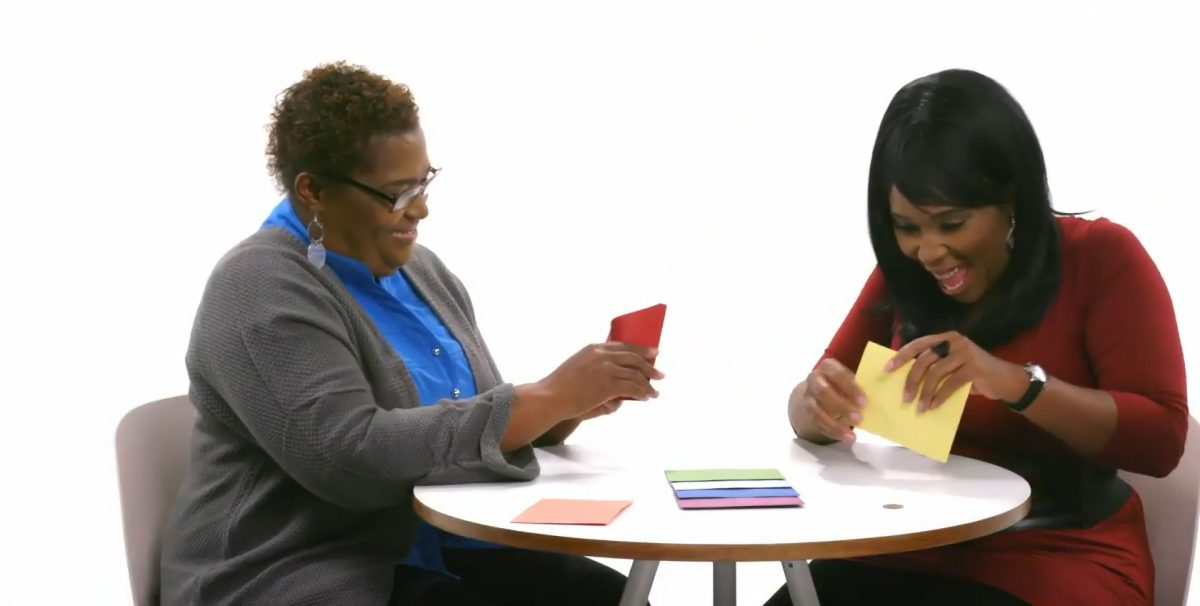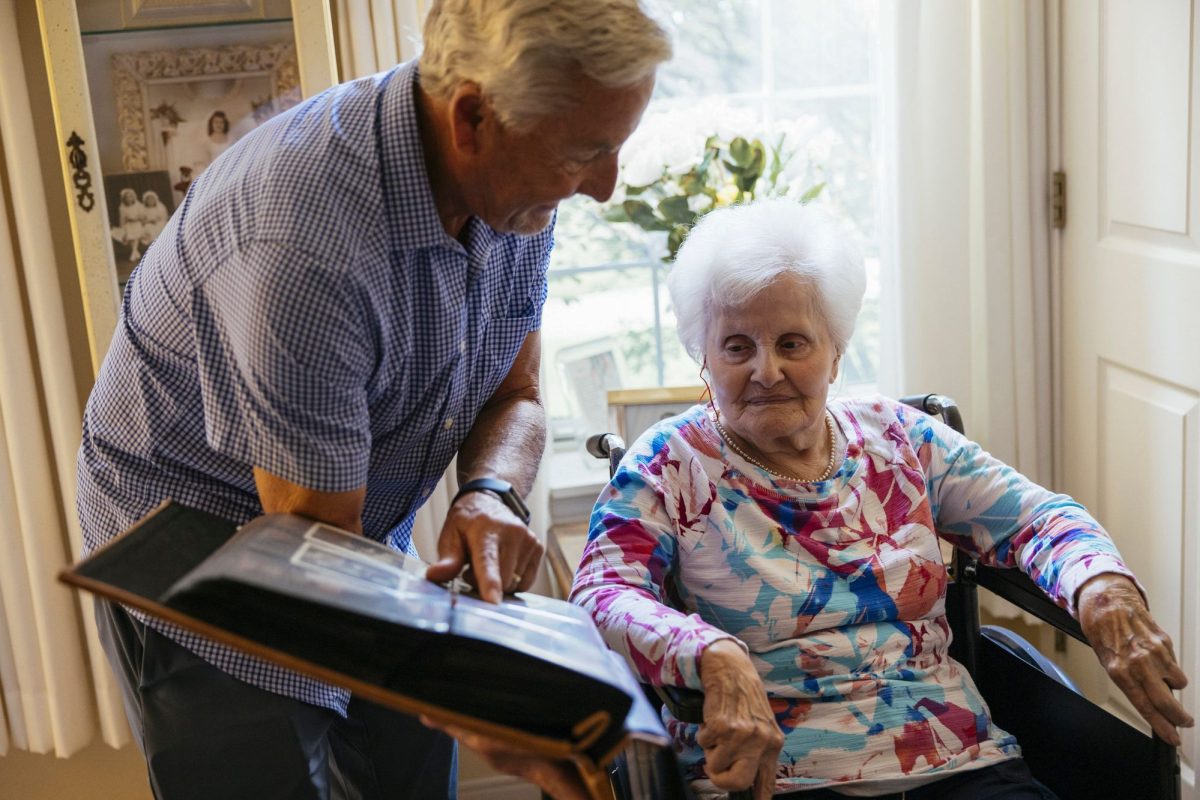Caring For Caregivers

Supporting the people behind the patients is our next big challenge
There are more than 670,000 unpaid family caregivers in Minnesota. These are family members, friends and neighbors who are providing care for no charge, often while working full-time jobs.
The services these unsung heroes provide not only help their loved ones live independently in their homes and communities,but they also help save the state money.
Each year, family caregivers in Minnesota provide more than $8.5 billion in services — services that don’t have to be paid for by the state or health care system.
However, just because this care isn’t paid for doesn’t mean it comes without a cost. The sacrifices caregivers make often have a negative impact on their income, retirement security and mental and physical wellbeing.
As a state, we can and should be doing more to support them.
Closing the Care Gap
One setting where caregivers typically need more support is at the hospital. When a loved one enters the hospital — often suddenly — it’s a stressful and confusing time for the family. Things can get worse for caregivers when it’s time for the patient to come home.
Hospital discharges aren’t always orderly affairs and all too often caregivers aren’t given enough advanced notice or training to adequately take care of their loved ones. According to a recent AARP caregiving report, almost half of family caregivers perform medical or nursing tasks for their loved ones and most report that they received little or no training to perform these tasks.
Seeking Legislation
To help close this gap, AARP introduced the Caregiver Advise, Record, Enable (CARE) Act in 2015. The bill helps ensure that family caregivers have access to better information and training. The Senate passed the bill in 2015. In 2016, it will go to the House of Representatives.
The CARE Act will require:
- That the name of the family caregiver is recorded when a loved one is admitted into a hospital;
- That the family caregiver is notified if the loved one is to be discharged to another facility or back home; and,
- That the facility must provide an explanation and live instruction of the medical tasks — such as medication management, injections, wound care and transfers — that the family caregiver will need to perform at home.
Minnesota can and should be passing bipartisan health-care solutions like the CARE Act. After all, when it comes to health care, we’re the best.
We have some of the best hospitals and clinics in the nation, dedicated doctors and nurses, affordable health plans and the top-rated long-term care system in the nation, according to AARP and The SCAN Foundation.
Making it Official
We need to put the same emphasis on supporting caregivers as we do on supporting patients, because caregivers are patients, too.
Passing the CARE Act is not just about better serving today’s caregivers, it’s about investing in the future of our state.
We know Minnesota’s getting older. We know tomorrow’s seniors want to stay in their home communities. And we know it’s much more cost effective to care for them there. We also know that in order to do so we’re going to need more dedicated, unpaid family caregivers.
Those caregivers should be empowered and have access to the training they need to keep them and their loved ones healthy and to help everyone age with dignity.




